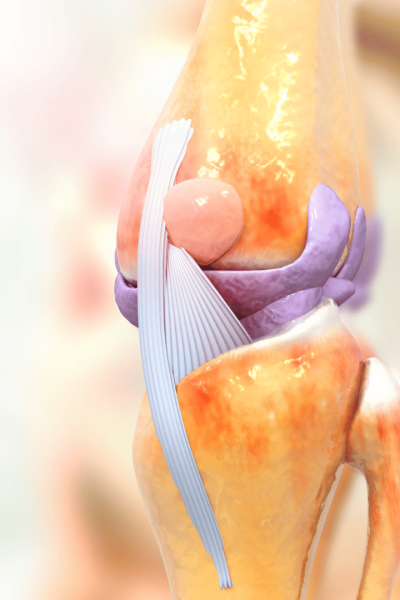Larson Family Chiropractic in Prescott Valley, AZ, provides targeted chiropractic care for knee pain, focusing on non-invasive treatments to relieve discomfort, improve joint function, and enhance mobility.
The good news is that with the right chiropractic care, you can see major improvements and get free from the pain.
It’s a big medical word that describes a painful irritation of the cartilage behind your kneecap.
Although anybody may be affected, it is frequently caused by overusing the knee while participating in sports that include running or jumping, hence the name “runner’s knee.”
The reason why you need to know this is because PFPS is the most common cause of knee pain in the general population. It affects an estimated 25% of adults.

What are the leading causes of PFPS?
An imbalance between the muscles that assist in guiding your kneecap into the V-shaped groove at the end of your thigh bone is one of the most frequent causes of PFPS.
Repeatedly flexing and extending a misaligned kneecap leads to pain, swelling and eventually arthritis.
Misalignment of the kneecap (patella) is often secondary to problems in the hip and foot, especially weakness of your gluteal muscles or flat feet.
PFPS produces a dull pain behind the kneecap. It is aggravated by:
A downhill or stairway stroll may make the pain worse. The cartilage may become damaged from a long-term misalignment, which can cause popping, grinding, or giving way.
Conservative chiropractic care, like the type we provide, is generally successful at relieving your symptoms.
It’s crucial for you to start reducing the activities that make you feel pain, especially those that cause you to sprint, jump, or become “knock-kneed.” When squatting, avoid letting your knees pass in front of your toes.
Some athletes may need to modify their activity to include swimming or bicycling instead of running.
Performing your home exercises consistently is one of the most important things that you can do to help realign the patella, relieve pain and prevent a recurrence. The use of home ice or ice massage applied around your kneecap for 10-15 minutes, several times per day may be helpful.
Request an appointment with our team so that you can get back to enjoying what you love doing.